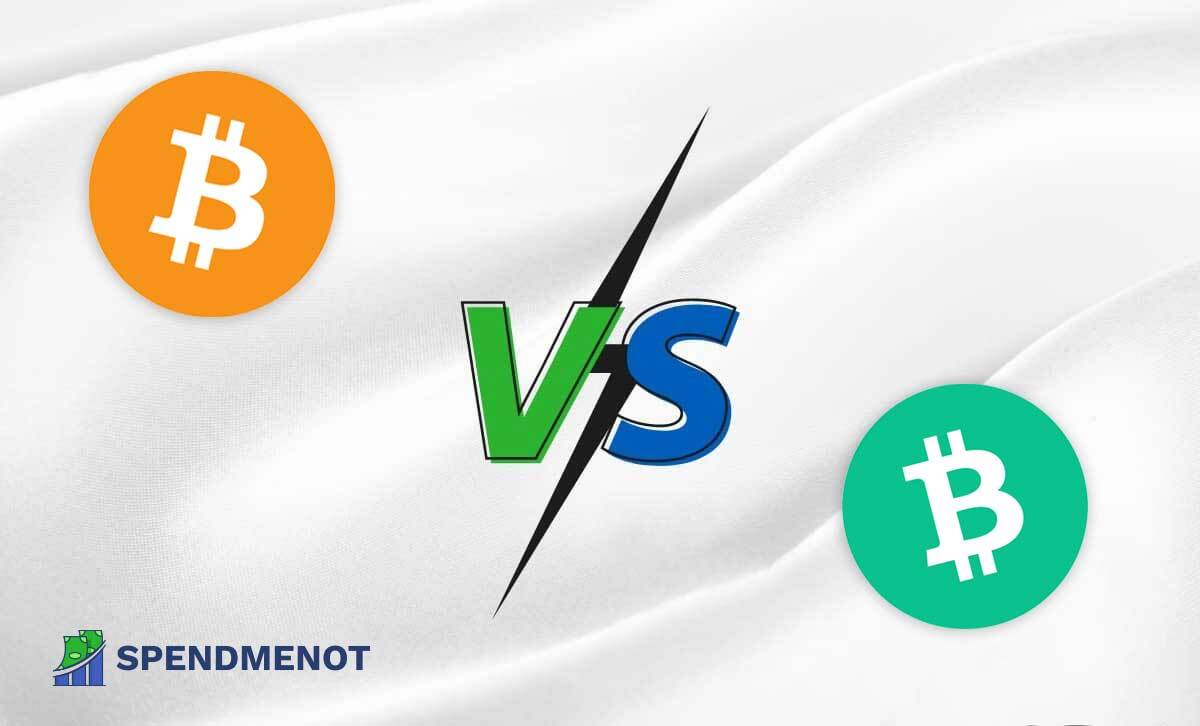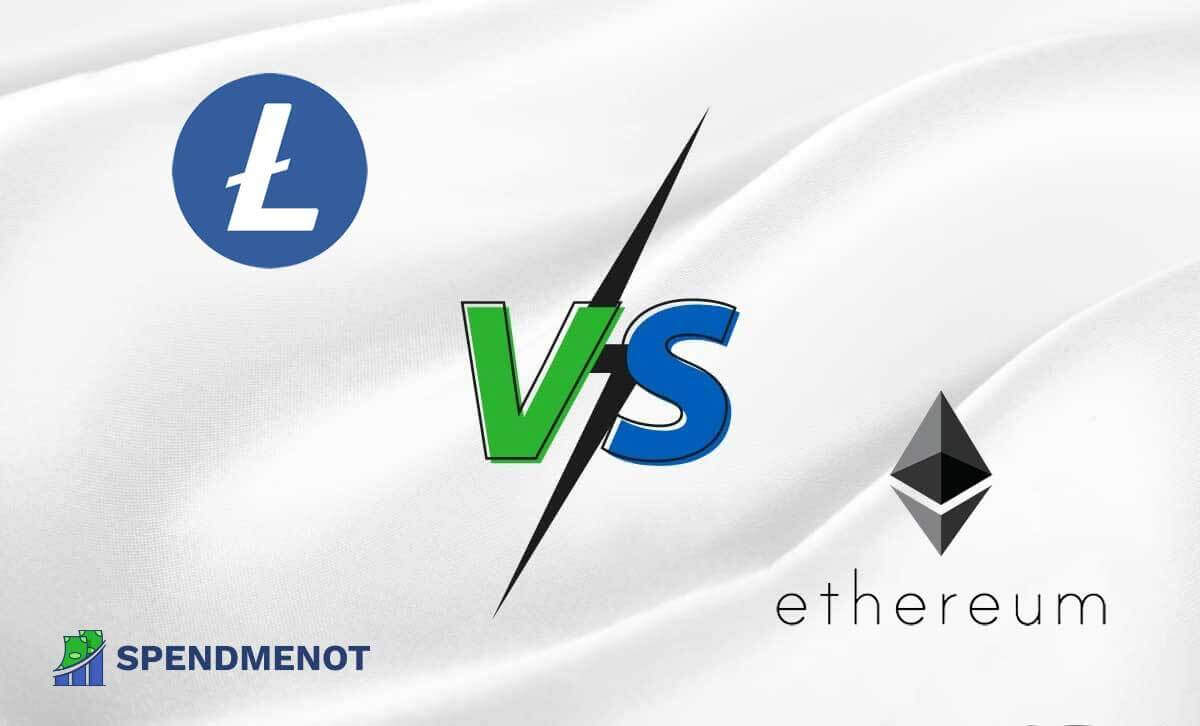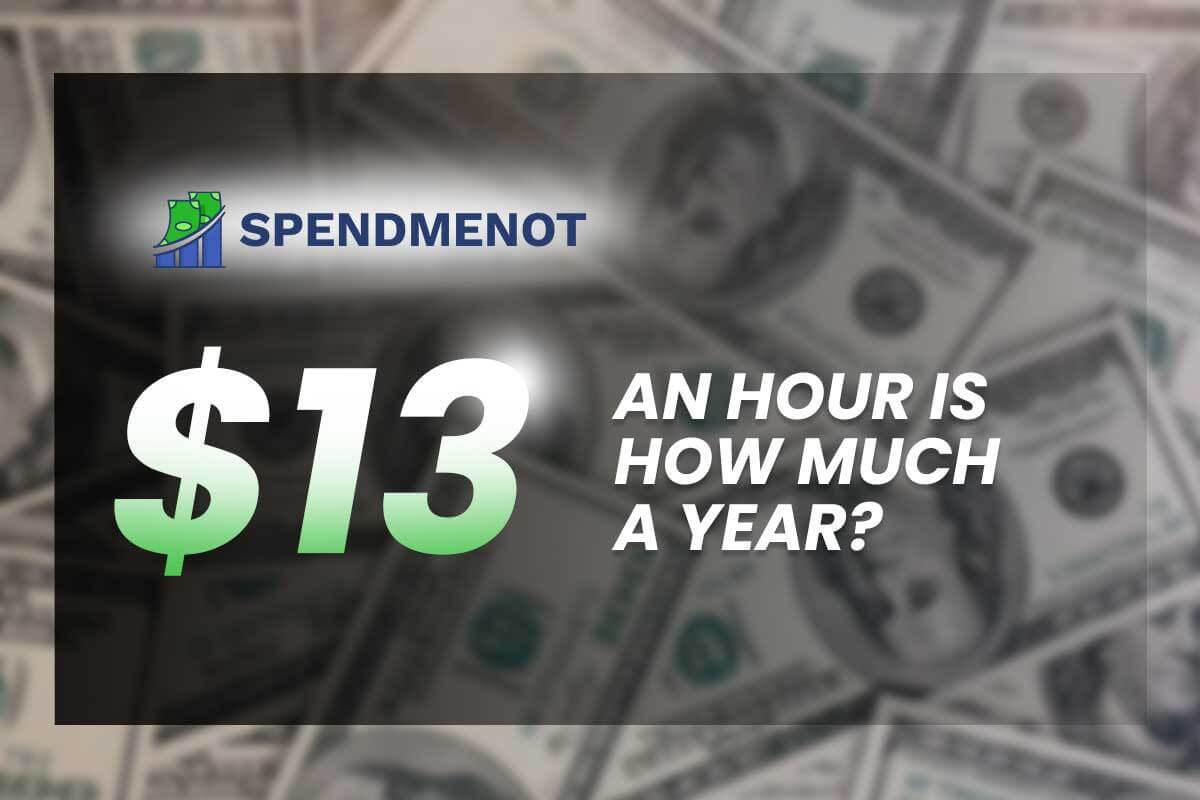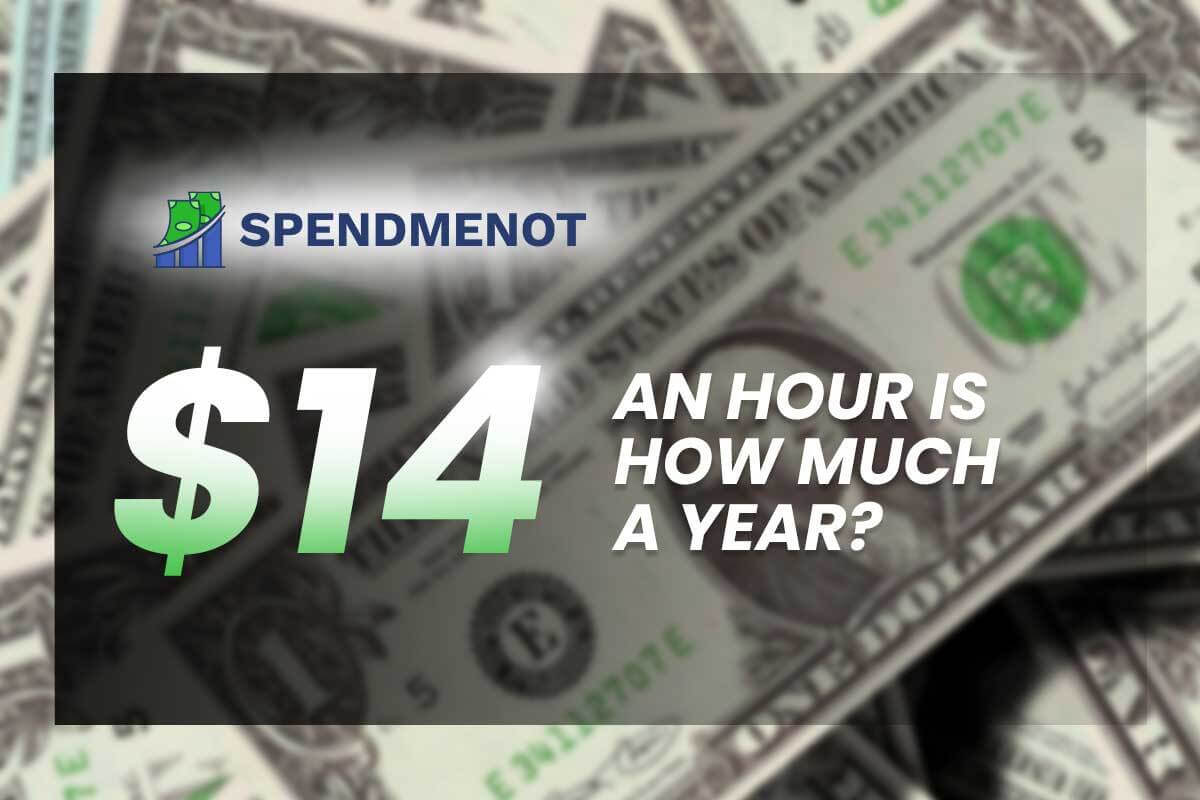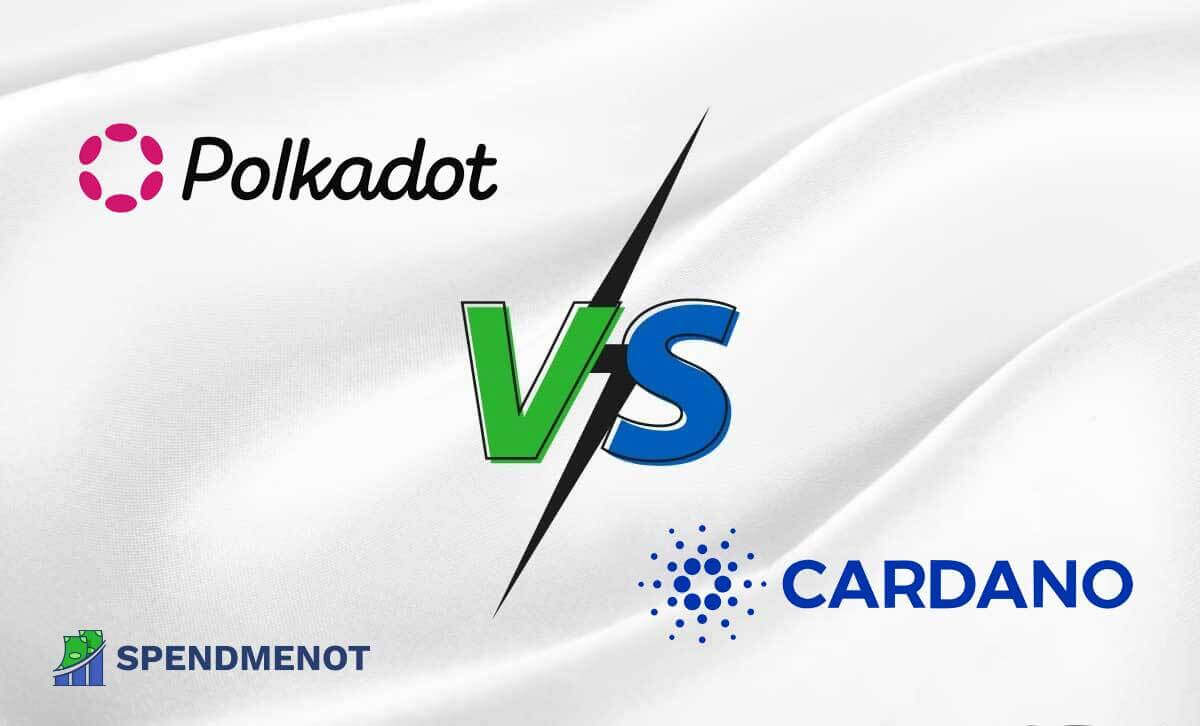Investing in Silver
Last Updated: January 12, 2023
Investing in silver, gold, platinum, and even palladium is a must for anyone who wants to have a truly diverse portfolio. In times of economic downturn, many investors rely on precious metals to preserve their investment. Because of their intrinsic value and protection against inflation, these types of assets have a lot of appeal.
Precious metals prices have a wide range. An ounce of silver costs around $26, while palladium is worth $2,947 per ounce. The price of silver is relatively low, and it still has actual real-world application in many industries. Because of these factors and because it also offers the same benefits as other precious metals, investing in silver is a very good choice. Let’s discuss this further.
Is Silver a Good Investment?
Since it doesn’t generate cash flow or provide income, silver is considered an inert investment. In addition, unlike other investments, it doesn’t generate products or services. But it does have value in itself as both industrial and precious metal. Historically people have used silver in everyday transactions as actual money. For this reason, its value has remained relatively stable.
If you are considering investing in silver, you should approach it as a commodity that will either be very stable or perform greatly. Up until the 1960s, the price of silver was worth around $1 per ounce. As the price began to increase, the government withdrew silver from American coinage. After it was demonetized, the price of silver skyrocketed. In the 1970s, it reached $1.8, only to increase to $49.45 per ounce in 1980 and then to fall down to $11 just five months later.
The price of silver tends to surge dramatically over the years, which lets silver maintain its reputation as an investment. For example: throughout the 1990s up until 2003, the price of silver per ounce lingered around $5. In 2004, it started growing in price and eventually got to $16 per ounce in 2007, which is a 300% increase in investment if you invested in the 1990s.
With the onset of the financial crisis in 2008, the price went down to about $9, but then in the next four years skyrocketed to $50 per ounce in 2011. When the COVID crisis hit in 2020, the price of silver went back down again to $12. Since then, it has been recovering and is now stable at around $26 per ounce.
You should carefully time investing in silver in order to avoid unnecessary losses.
Investing in silver: benefits & risks
Making a profit and minimizing loss are two crucial goals that every investor has. Like with every investment, it’s important to analyze the risks and benefits related to the investment you want to make.
On that note, here are a few advantages of silver:
Silver offers protection
During turbulent times, investors often flock to precious metals. When there is political or economic uncertainty, legal tender takes a back seat to assets like gold or silver. Between the two, silver is a more volatile metal to invest in than gold; nevertheless, it is still a reasonable choice. Additionally, you also have the benefit of diversifying your portfolio, thus potentially minimizing losses.
Inflation is inevitable — while the value of paper money will decrease, the value of silver and other precious metals will not.
Silver is tangible
Stocks, bonds, options, and even cryptocurrencies are essentially digital notes. This makes them vulnerable to depreciation. Silver is a tangible asset. As the market fluctuates, all investments will fluctuate, but because silver exists physically, its value can never be zero. If the market crashes, its value will return to its actual, inherent value.
Silver offers privacy
When you buy silver, you have the same benefits as when you’re using cash. This is another benefit to consider if you don’t want your transactions to be part of the public record.
Silver won’t dent your wallet
The current cost of silver per gram is $0.85. This makes it cheaper than gold while still retaining all the benefits of investing in precious metal. The current price of gold per gram is $57.63. So if getting a gold bar is out of your price range, maybe take a look at silver bullion first.
Since the price of silver can never plummet to zero, the risks involved with investing in silver are technically very low. Nevertheless, here are a few things to keep in mind:
Silver is not liquid
What this means is that you can’t sell silver in a hurry. Yes, things like pawn shops are an option but not the best one. This is something to keep in mind if you want to have assets with high liquidity.
High demand means high premiums
This is basic common sense. If you want to buy silver coins, for example, and they are in high demand, you will have to pay a high premium.
Low return on investment
Silver is a safe asset. It doesn’t generate returns like stocks or bonds, and traditionally it doesn’t perform well like real estate, for example. What it does is provide a safety net.
It is clear that the benefits outweigh the disadvantages in this case. As British economist David Ricardo said: “Gold and silver, like other commodities, have an intrinsic value, which is not arbitrary but is dependent on their scarcity, the quantity of labor bestowed in procuring them, and the value of the capital employed in the mines which produce them.”
How to Invest in Silver
You can invest in silver directly by purchasing silver coins or bullion bars and taking possession of the precious metal. Alternatively, you can invest in silver indirectly by buying assets that are connected to silver, like stocks, funds, and even streaming companies.
Direct investing: taking possession of bullion
By investing in silver coins or bullion, you are in direct possession of your assets. This is the more traditional way to invest. In times of turmoil, you have the store of value of silver directly in your hands. Insurance is the number one reason investors choose physical bullion.
If you want to invest in large amounts of silver, you can consider silver bullion bars. Their weight can range from one ounce to 100 ounces. However, keep in mind that bullion is more difficult to trade than silver coins.
How to buy silver coins or bullion and where
You can buy silver coins online or directly from the mint. The same goes for silver bullion. Typically there is around a 6% commission on your purchase. If you choose to make a purchase through third-party vendors, look out for premiums.
The United States Mint makes a silver coin, and the most popular one is the American Eagle. This coin weighs one ounce, and it costs $39.59. The price is above the normal price of one ounce of silver and this is due to its popularity. Other popular coins are the Canadian Maple Leaf and Chinese Silver Panda, which like the American Eagle, are also made out of .999 silver. The price of this coin is $33.59. A Third popular option is the Chinese Silver which has a silver content of 0.900 and costs $38.97. These three are some of the best silver coins to buy.
If you are looking to buy a larger quantity of silver, then bullion is the thing for you. Of course, when buying bullion, there are two things to consider. Firstly, where will you store it? If you want to store it in a bank safety deposit box take into consideration the annual fees that come with this. The second thing is theft. If you plan on keeping it at home, then you have to make sure it is safe.
Indirect Investing: Silver Stock, Funds, ETFs, and ENTs
Unlike gold, the price of silver is more volatile due to the fact that silver is used for various industrial purposes like automotive and medicinal, as well as the smaller size of the market itself. Taking this into consideration, ETFs that track silver international price or futures could be a better option than bullion or coins.
A few things that ETFs have over physical ownership of silver are the fact that you can liquidate them easily, and you don’t pay the 5%–6% commission.
When you invest in a mutual fund, the fund itself does not hold silver as an asset. If investors want to get an indirect hold of silver, they can do so by holding equity in silver mutual funds. Such companies are Invesco DB Precious Metals Fund, Aberdeen Standard Physical Silver Shares ETF, or iShares Silver Trust.
Before you choose what silver ETF to invest in, do your research because, with some of them, you will gain more exposure to gold mining stocks rather than silver mining stocks.
The biggest disadvantage of buying silver funds is the counterparty risk. This is the probability that one of the parties involved in the transaction might default on its contractual obligation.
An example of this is the bankruptcy of MF Global in 2011. When it came to liquidating investor’s assets, they were only paid 72 cents to the dollar. This means that they lost about 28% of their silver bullion.
While they do have the advantage of no premiums and no storage and insurance fees, ETF fees can have an eroding effect on the underlying asset.
Silver stocks have their own drawback, but there are plenty of benefits to investing in silver stocks, such as the potential to outperform the price of silver. There are two major silver companies to invest in silver mining stocks and silver streaming company stocks.
The first type invests in every stage of the production of silver. As for the second type, instead of digging the silver themselves, it invests in a mining project in exchange for a portion of future profits.
ETNs are the most complex silver-centered investment options. They are debt instruments, like bonds, and do not invest in assets. They are not equities or funds. ENTs are a mix of stocks and bonds.
Similar to ETFs, silver ENTs track the silver index, and their value is based on the market price. This lowers tracking errors. When notes mature, if the price of silver has risen, you can get a lump sum as a return.
How To Buy Silver Stocks, Funds ETFs, and ENTs
Silver bonds, stocks, and ETFs, and ENTs are available on multiple online trading platforms like Robinhood, E*TRADE, eToro, and Plus500.
Currently, the leading silver ETFs are:
- iShares Silver Trust (SLV) and Aberdeen Standard Physical Silver Shares ETF (SIVR), both of which own physical silver.
- Global X Silver Miners (SIL) and iShares MSCI Global Silver Miners ETF (SLVP) own silver stocks.
- Invesco DB Precious Metals Fund (DBP) owns gold and silver futures.
As for the best silver stocks of silver mining companies:
- Industrias Penoles SAB de CV (IPOAF)
- Polymetal International PLC (AUCOY) and
- Fresnillo PLC (FNLPF)
The best ENTs are:
- VelocityShares 3x Long Silver ETN (USLV)
- iPath Silver ETN (SBUG)
- X-Links Silver Shares Covered Call ETN (SVLO)
Platinum vs Gold vs Silver
The estimated market cap for silver is $1.5 trillion; for gold, it’s $11 trillion; and platinum has the smallest one by far with $314 Billion. Like gold and silver, platinum is also traded on global markets, but because of the smaller market cap, its price is normally higher. If you are considering investing in gold and silver, or even platinum, here are a few things you should know.
Like silver, platinum is also an industrial metal. The greatest demand for platinum comes from the automotive industry, where it is used to reduce emissions. Second to this is jewelry. Because of this high demand and how rare it is, the price of platinum is much higher.
On the other hand, the market is what determines the price of gold. Laws of supply and demand don’t have much of an effect on its price, unlike on silver and platinum. The reason for this is that it doesn’t have much use in the industry — its main use is jewelry.
Platinum, gold, and silver get their value, not only from the market but also because they all offer the same protection against inflation and market crashes.
In the past four years, gold has an annual average return of 9.2% for the period 2006–2021, while silver has an annual average return of 11.2% for the same period. In this period, platinum has had a return of around 8%.
Tax laws are different for the three metals in different regions. So depending on where you are at, one might be the better option.
Investing in silver is a better choice for beginners mainly because of the lower price, so you can get more for your money. Gold and platinum are a superior choice if you want to invest a large sum of money in precious metals. However, precious metals shouldn’t make up more than 5% of your portfolio.
Bottom Line: Should I Invest In Silver?
Diverse portfolios are a must for any serious investor. If you are still asking yourself, “is silver a good investment?” — the short answer is it depends on your investment goals.
Because of the inert nature of silver, the fact that it doesn’t generate money, and its volatility, it might not align with some investors’ goals. If you are a very active investor or are thinking in the short term and your goal is for your investments to generate more money, then silver might not be the best for you.
But if you want security and a safety net in times of crisis, then buying silver and holding it for a longer period of time is a good strategy.
Overall when you consider the advantages and disadvantages of silver, investing in it is a worthy option.
FAQ
The price of silver is $26.54 as of May 2021. This excludes any premium you may have to pay when purchasing silver.
Silver has many uses. Some of the most common ones are: jewelry and silverware because it is reflective and moldable, electronics because it’s a good conductor, and coins, rounds, and bullion as a method for storage. Also, it has antibacterial properties, so it’s used in medicine.
Other than the increase in price itself, there is no other return on investment. It doesn’t generate income or any kind of cash flow. This is why experts consider it a safety net rather than a high reward investment. Despite that, investing in silver is still a good option.
Silver has been completely demonetized. Its primary uses are industrial, and the price is driven by a healthy balance of supply and demand. What this means is that the more silver there is, the lower the price will be and vice versa. The low price gives silver investment a big advantage.
Investing in silver is arguably a much better investment. This is because you get all the advantages of investing in precious metals for a much lower price. A major upside to silver is that it doesn’t get too much attention and is not yet hoarded as much by investors as gold.

